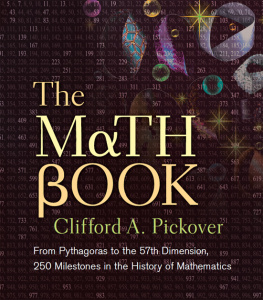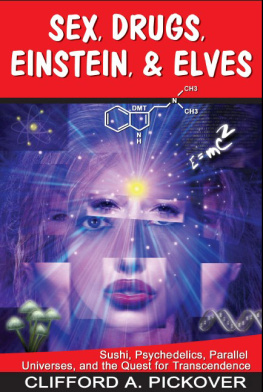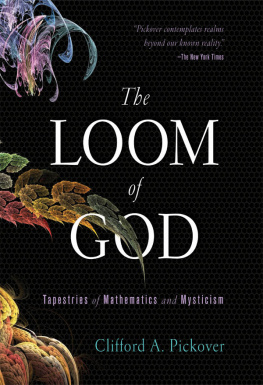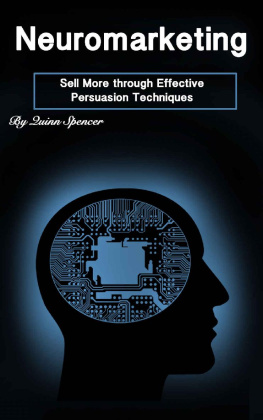Clifford A. Pickover - Artificial Intelligence: An Illustrated History: From Medieval Robots to Neural Networks
Here you can read online Clifford A. Pickover - Artificial Intelligence: An Illustrated History: From Medieval Robots to Neural Networks full text of the book (entire story) in english for free. Download pdf and epub, get meaning, cover and reviews about this ebook. year: 2019, publisher: Sterling, genre: Computer / Science. Description of the work, (preface) as well as reviews are available. Best literature library LitArk.com created for fans of good reading and offers a wide selection of genres:
Romance novel
Science fiction
Adventure
Detective
Science
History
Home and family
Prose
Art
Politics
Computer
Non-fiction
Religion
Business
Children
Humor
Choose a favorite category and find really read worthwhile books. Enjoy immersion in the world of imagination, feel the emotions of the characters or learn something new for yourself, make an fascinating discovery.

- Book:Artificial Intelligence: An Illustrated History: From Medieval Robots to Neural Networks
- Author:
- Publisher:Sterling
- Genre:
- Year:2019
- Rating:5 / 5
- Favourites:Add to favourites
- Your mark:
Artificial Intelligence: An Illustrated History: From Medieval Robots to Neural Networks: summary, description and annotation
We offer to read an annotation, description, summary or preface (depends on what the author of the book "Artificial Intelligence: An Illustrated History: From Medieval Robots to Neural Networks" wrote himself). If you haven't found the necessary information about the book — write in the comments, we will try to find it.
Anenjoyable diversion to read cover to cover, follow along common strands, or dip into for random bits.Booklist
From medieval robots and Boolean algebra to facial recognition, artificial neural networks, and adversarial patches, this fascinating history takes readers on a vast tour through the world of artificial intelligence. Award-winning author Clifford A. Pickover (The Math Book, The Physics Book, Death & the Afterlife) explores the historic and current applications of AI in such diverse fields as computing, medicine, popular culture, mythology, and philosophy, and considers the enduring threat to humanity should AI grow out of control. Across 100 illustrated entries, Pickover provides an entertaining and informative look into when artificial intelligence began, how it developed, where its going, and what it means for the future of human-machine interaction.
Clifford A. Pickover: author's other books
Who wrote Artificial Intelligence: An Illustrated History: From Medieval Robots to Neural Networks? Find out the surname, the name of the author of the book and a list of all author's works by series.











